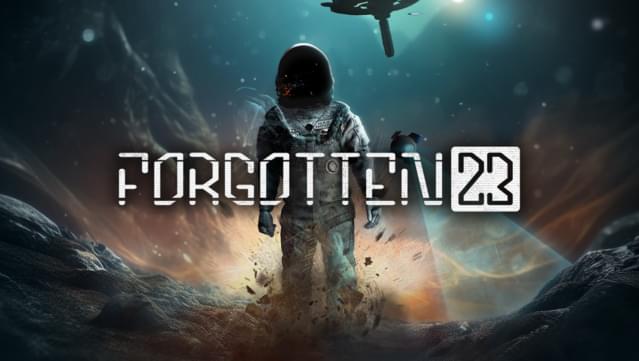
How One Forgotten Browser Game Is Inspiring Today’s Top Developers
Cherry Games – Buried deep in the memories of millennials and Gen Z gamers is a game that few talk about today, but whose impact still echoes across the industry. It wasn’t a blockbuster. It didn’t have fancy 3D graphics or a billion-dollar budget. But for the thousands who played it on school library computers or late at night in browser tabs, it left a lasting impression. In 2025, this forgotten browser game inspiration is suddenly back in the spotlight. Not because it’s being remade or ported to mobile, but because developers are openly crediting it as the blueprint for mechanics, mood, and simplicity that are shaping modern gaming’s future.
While many titles today are packed with open-world features, expansive lore, and cinematic cutscenes, the game in question—simple, quirky, and lightweight—focused on gameplay that was intuitive, addictive, and incredibly replayable. It delivered joy in minutes, not hours.
Its brilliance came not from complexity, but from constraints. Limited tech meant designers had to get creative. Levels had to feel fresh even if they were made of repeating tiles. Characters had to be charming without dialogue. Music had to loop, yet never feel annoying. In those restrictions, a unique rhythm emerged.
Today’s top indie developers are studying this minimalist design not out of nostalgia, but because it offers solutions to modern problems. Games are getting bigger, but not always better. And in an era overwhelmed by choice, players are craving clarity, character, and soul.
Read More: This Simple Trick Makes Your Digiturk Stream 10x Faster Instantly
You can trace the DNA of this forgotten browser game in some of the most critically acclaimed indie titles released this year. Movement physics that feel smooth and just slightly off-balance. Puzzle timing that rewards rhythm over randomness. Progression that doesn’t rely on grinding, but on mastery.
Developers building platformers, roguelikes, and cozy games alike have cited browser classics as formative. One developer even admitted during a GDC panel that the core mechanic of their award-winning game came directly from “something I used to play on a Flash site before doing my homework.”
These homages are subtle. Most players wouldn’t notice unless they grew up with the original. But under the surface, that early code is alive—reborn in pixels, but powered by nostalgia and refined by today’s tools.
What makes this trend more than a retro wave is the emotional memory tied to these games. For many, browser games were their first taste of gaming freedom. You didn’t need a console. You didn’t need to install anything. All you needed was a mouse, a keyboard, and a curious sense of exploration.
That emotional accessibility is something developers now strive to recreate. They want players to feel that same frictionless joy, to rediscover the sense of magic in discovering a game that wasn’t marketed to them, but found them instead.
Even the art styles reflect this return to emotional simplicity. Pixelated characters, flat environments, looping chiptunes—they’re not just retro aesthetics. They’re cues that connect players with an era when gaming felt personal, not industrial.
Although Adobe Flash is officially discontinued, its legacy is alive thanks to open-source emulators like Ruffle and archives like Flashpoint. These platforms are allowing a new generation of developers and gamers to revisit what once defined a golden age of browser creativity.
In fact, some devs are intentionally building with the same limitations as early Flash engines, using them as creative constraints. It’s no longer just about nostalgia. It’s about innovation born from simplicity.
What’s more, these old games are being used in game design education. Professors and mentors encourage students to study their pacing, level design, and UX choices. What once was weekend entertainment is now considered foundational craft.
There’s something poetic about a game that was once banned on school computers now influencing the tools used to teach future developers. What was once dismissed as “just a silly browser game” has proven to be a blueprint for effective game mechanics and emotional storytelling.
It reminds us that inspiration doesn’t have to come from billion-dollar franchises. Sometimes, it comes from five-minute distractions that stayed with us for decades.
Cherry Games - The growth of competitive gaming continues, and esports dominating scene attract millions of players watching the esports…
Cherry Games - The rise of classic browser games in modern gaming culture isn’t just a coincidence it’s a full-blown…
Cherry Games - Even years after Adobe Flash was officially discontinued, the haunting world of survival horror Flash games continues…
Cherry Games - The internet has always been a breeding ground for creativity, but few platforms have had as much…
Cherry Games - For more than two decades, The Sims has remained one of the most beloved life simulation series…
Cherry Games - The early 2000s created a golden age of browser entertainment. Students rushed to computer labs, office workers…